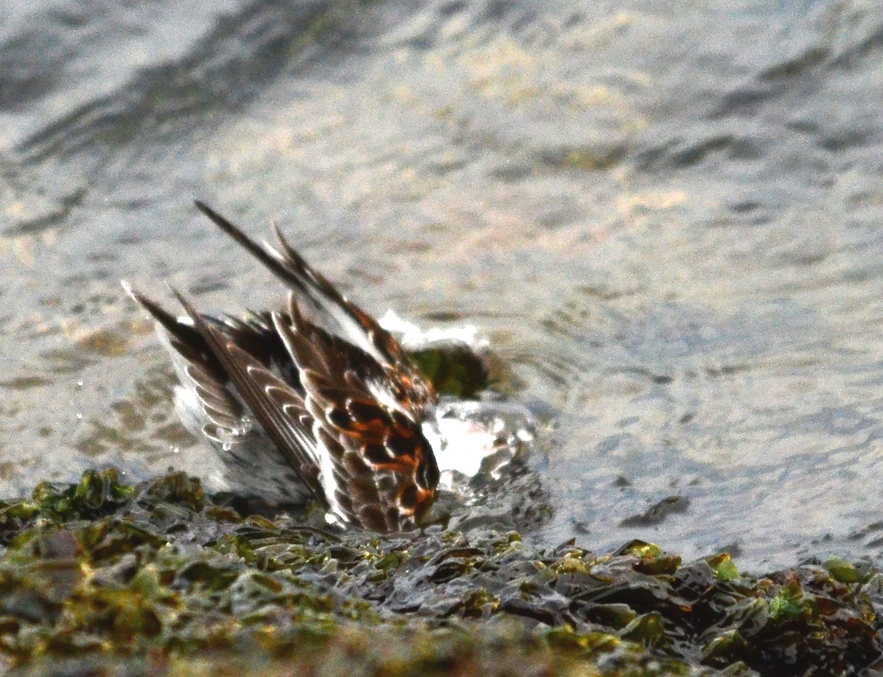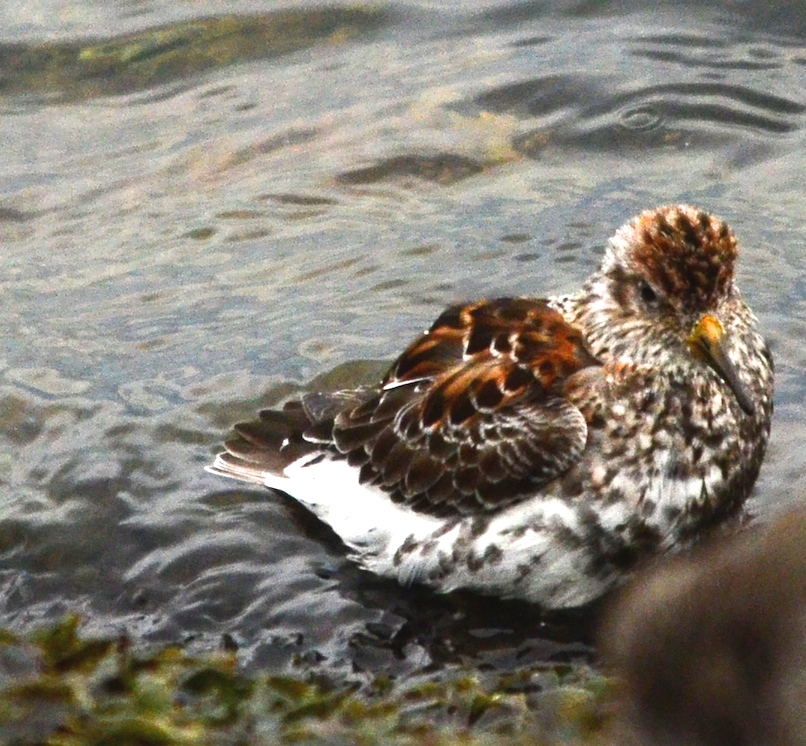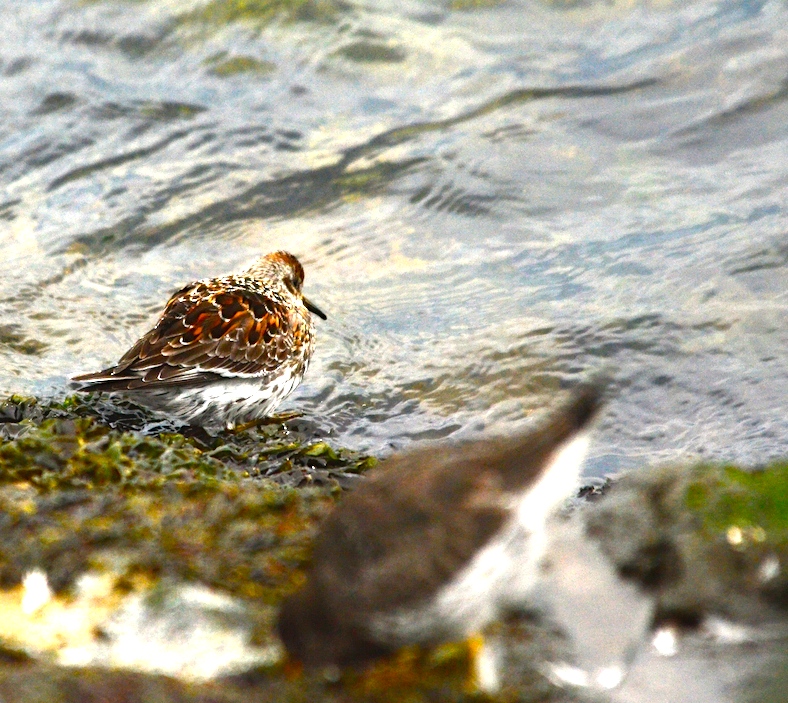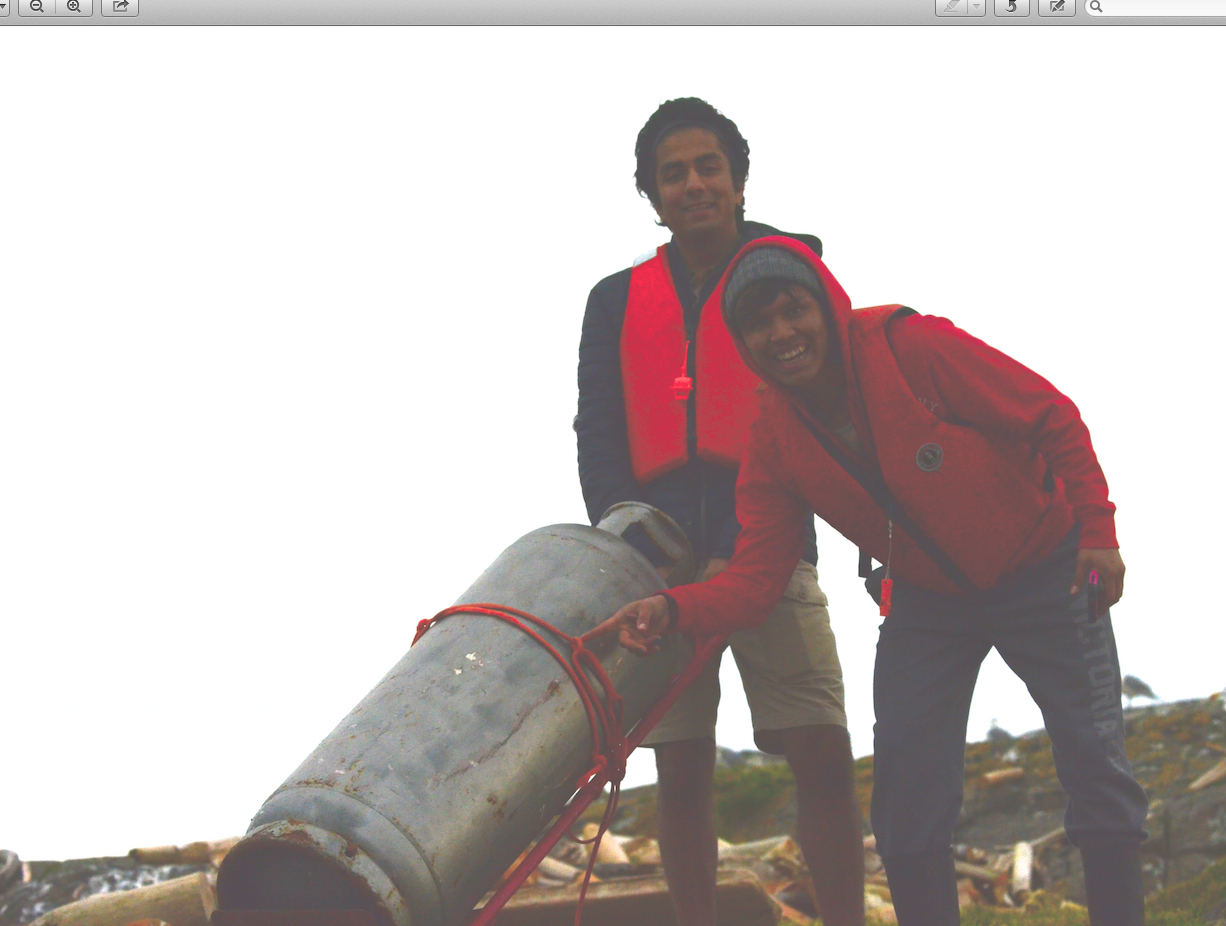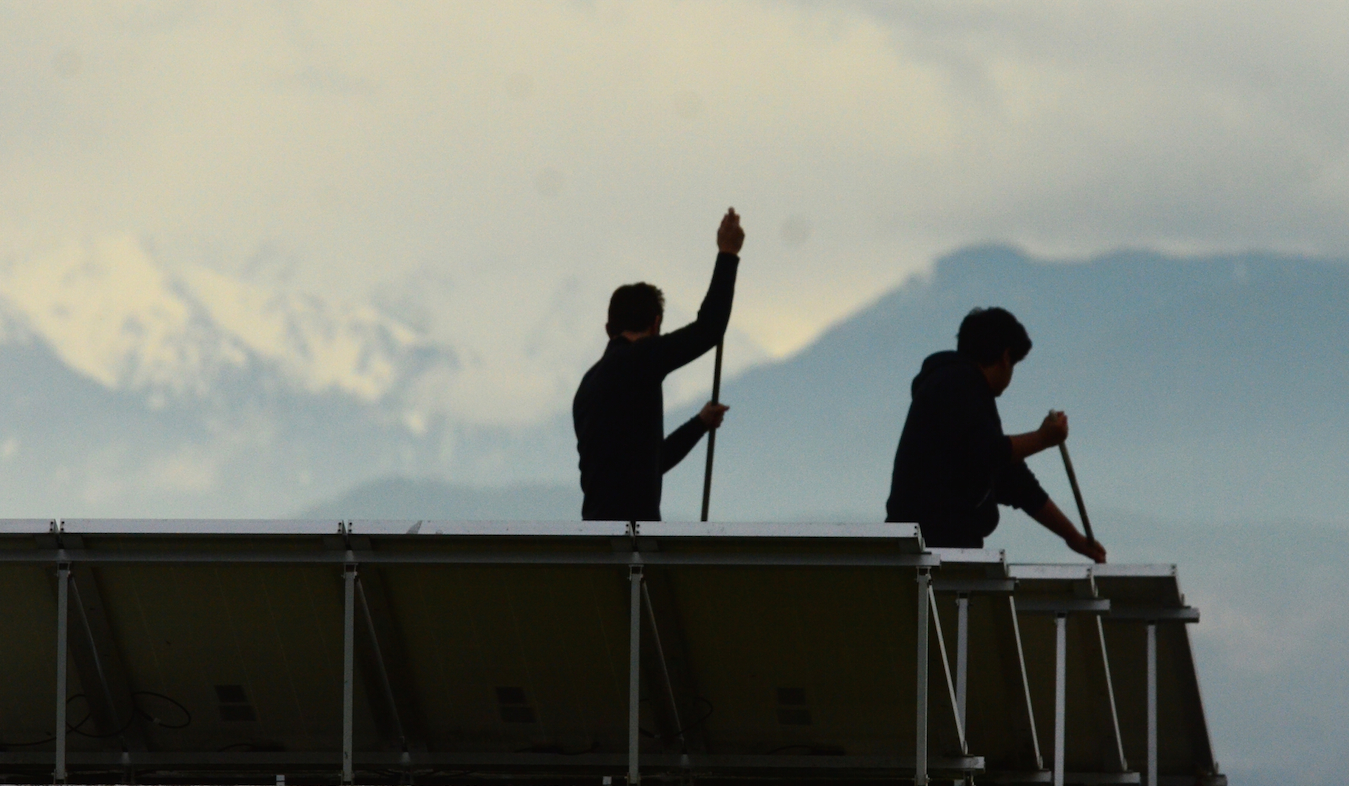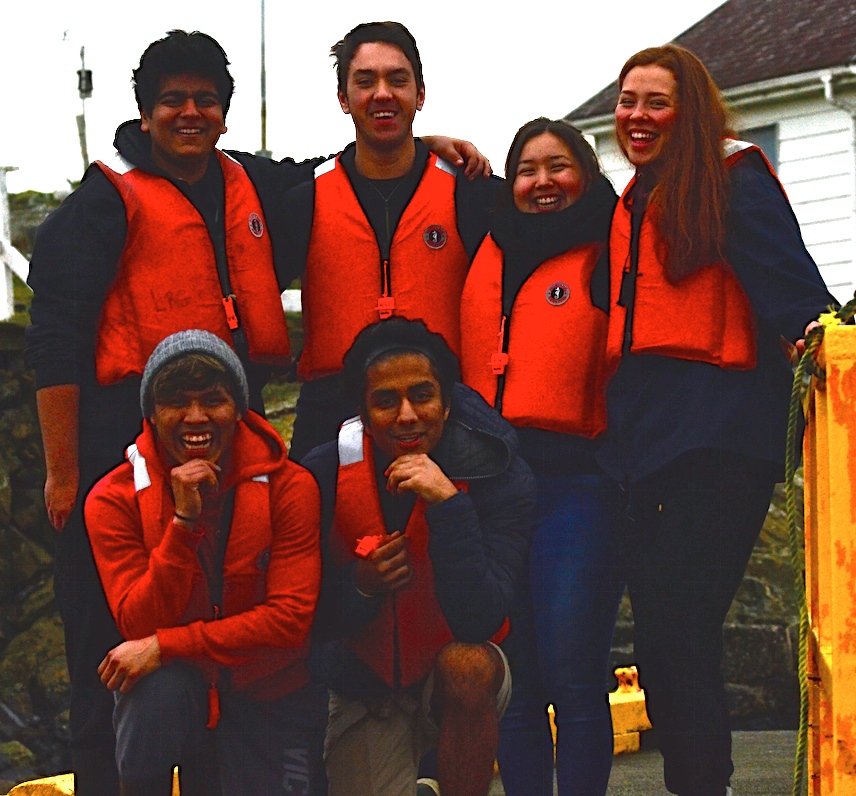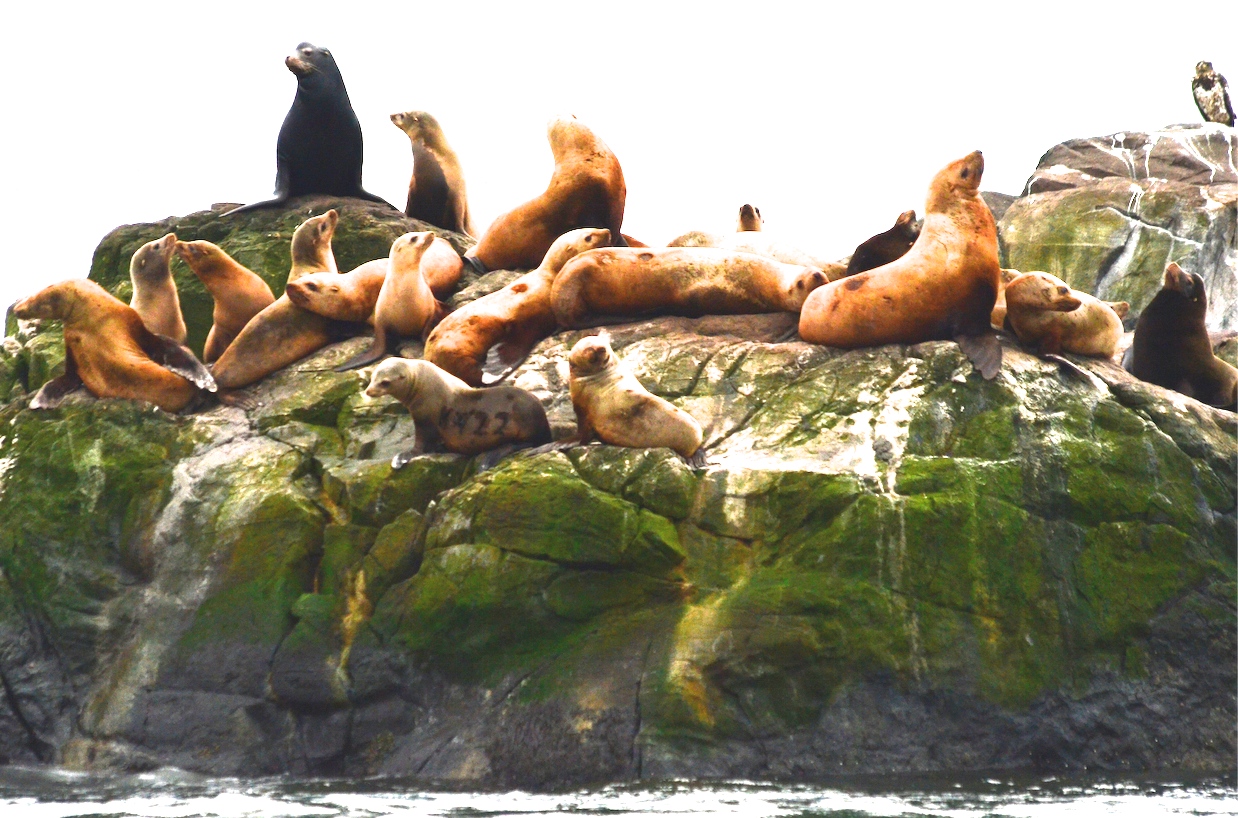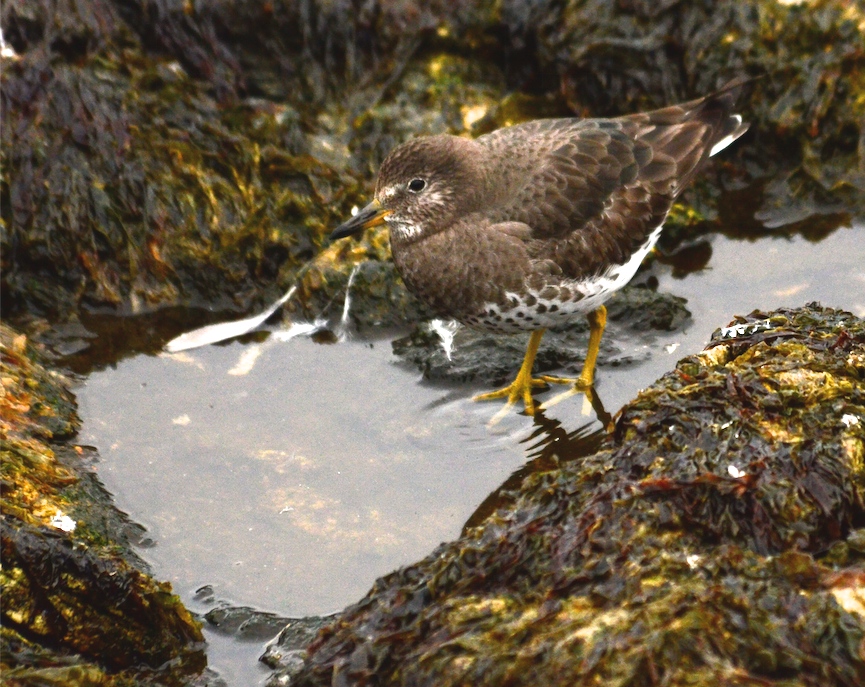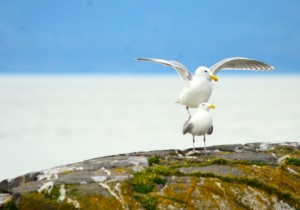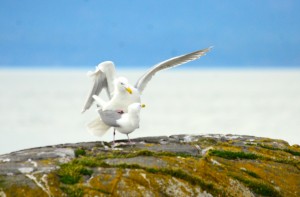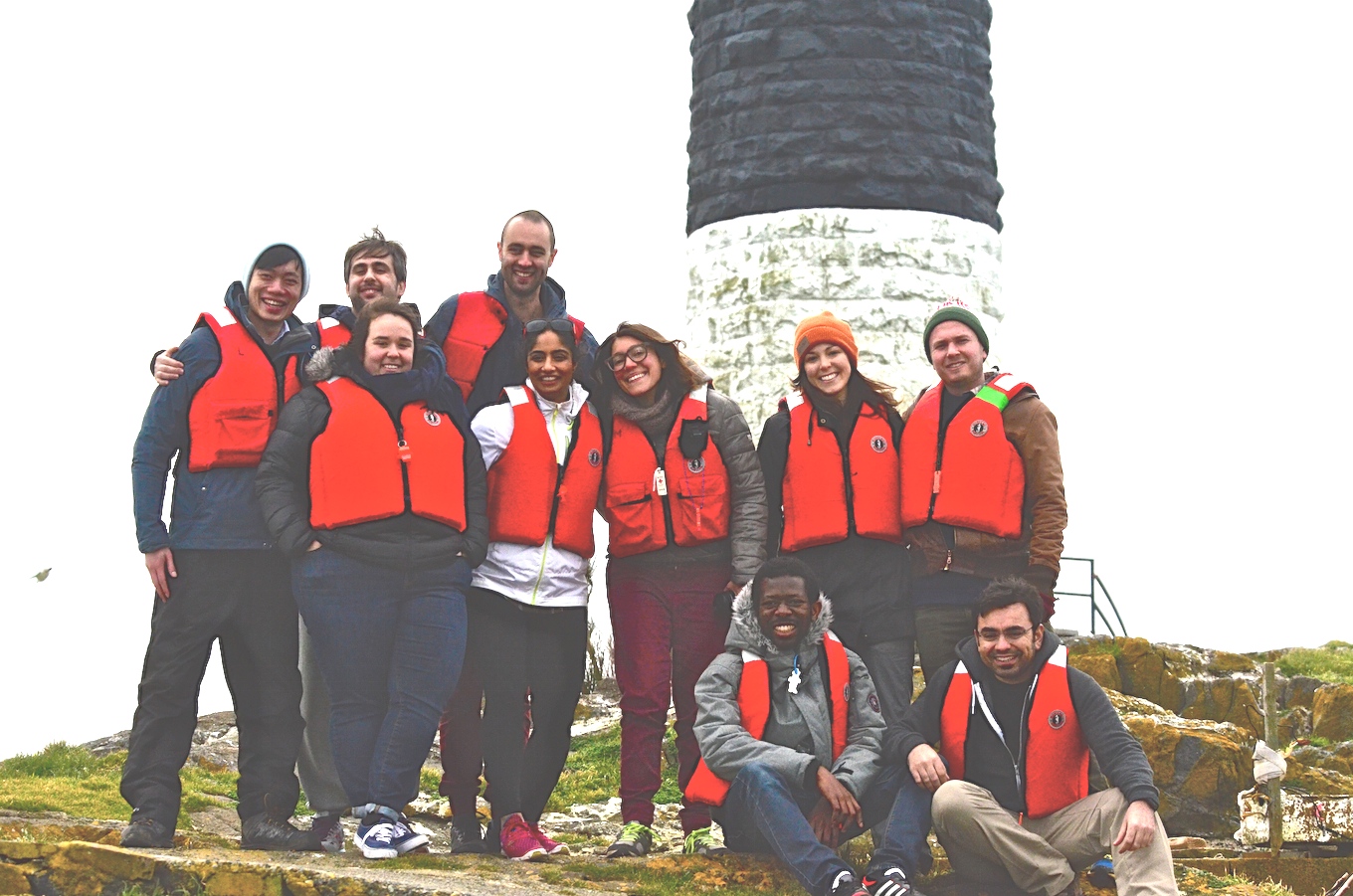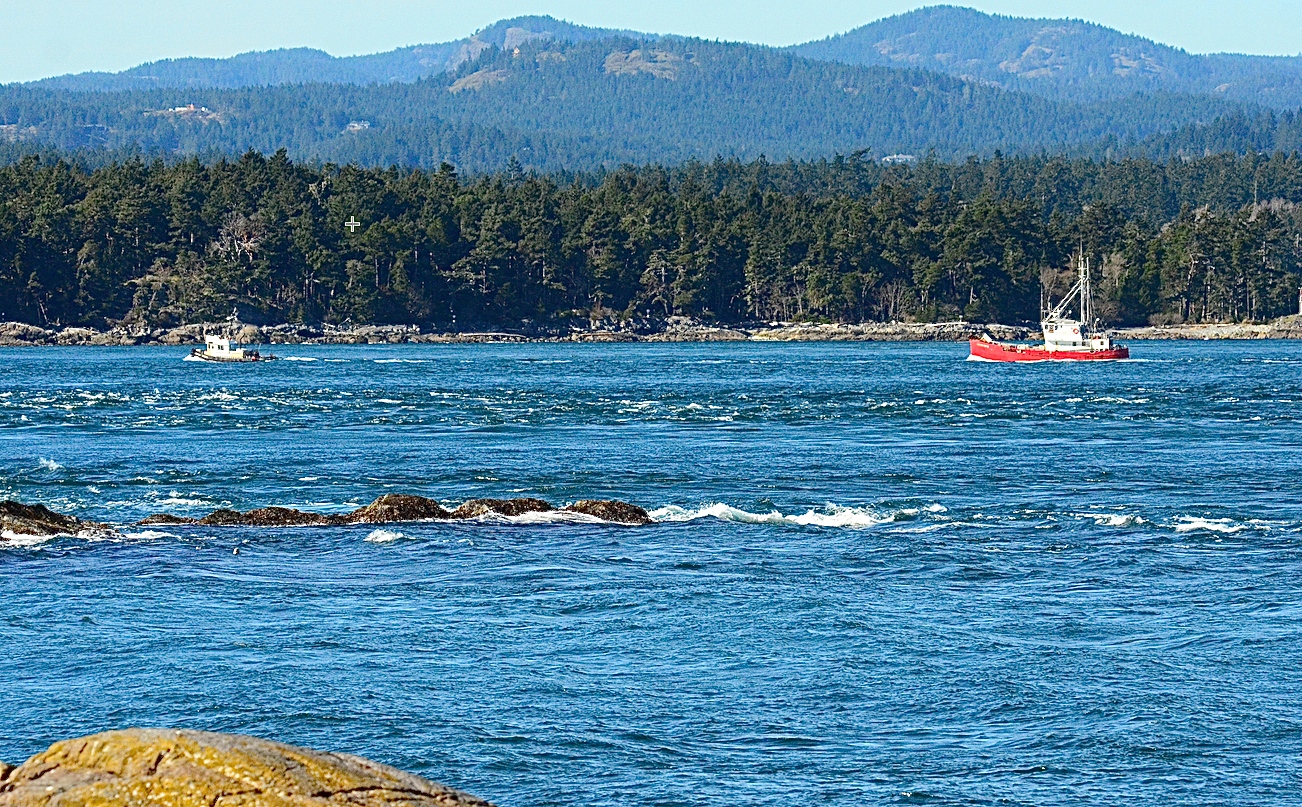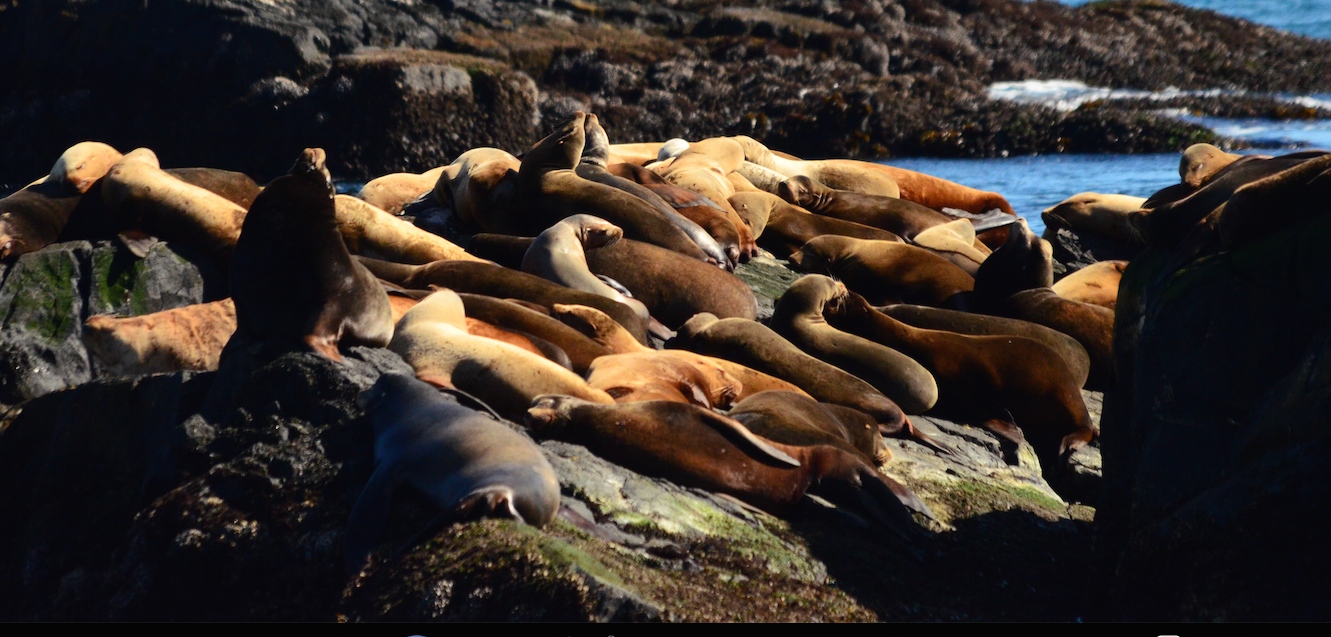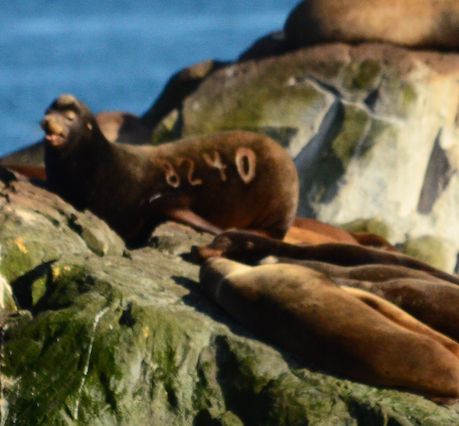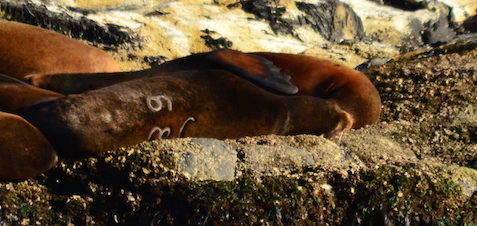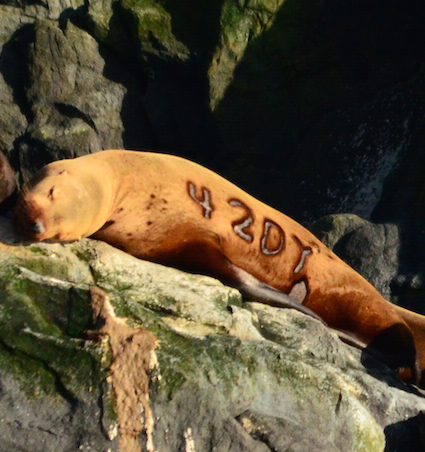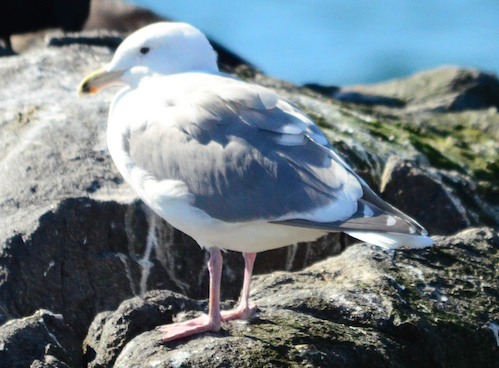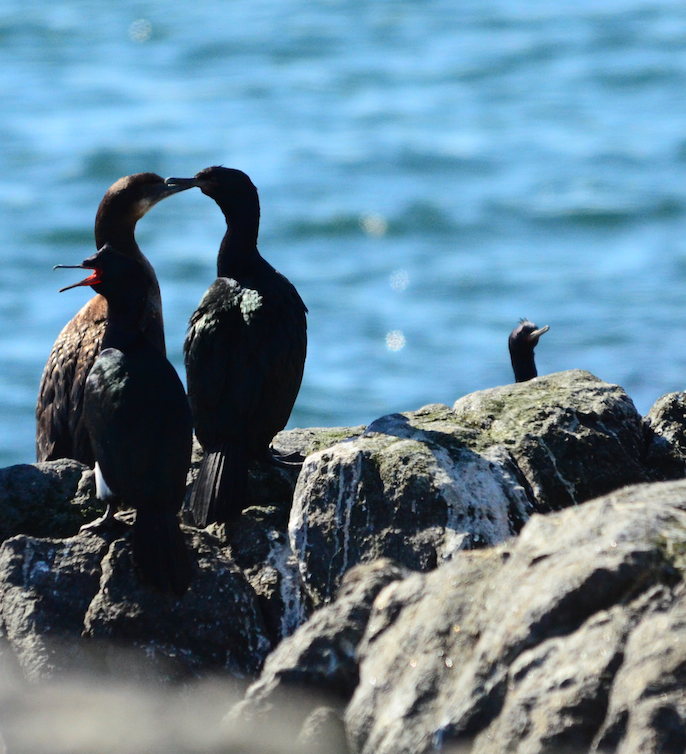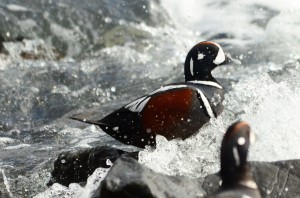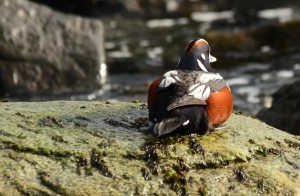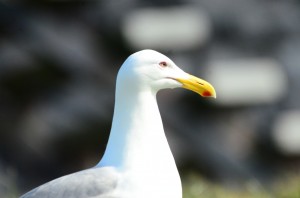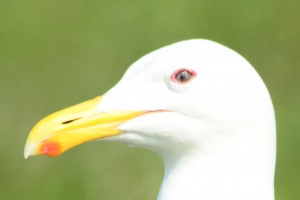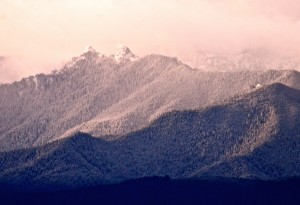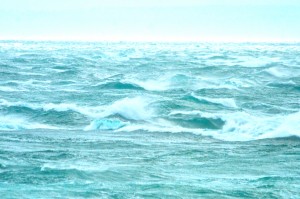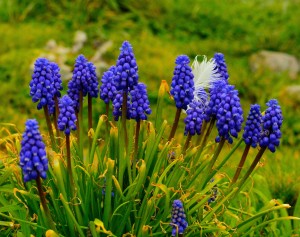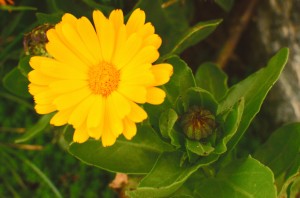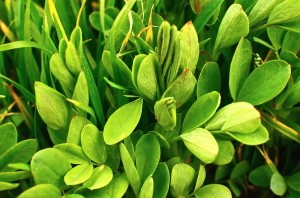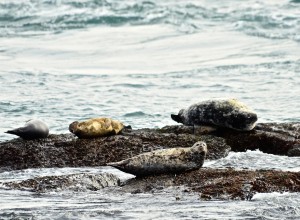Today was another day with fairly low light levels, leaden skies and light northeast winds. The wind is just switching to northwest as the sun sets with spectacular colour. The barometer went down a little to 1001 hPa and climbed back over 1002 by 19:30. There is nothing too exciting or dramatic to report, which is just fine. The marine forecast still has a strong wind warning in effect and it looks like that might be tomorrow’s westerly coming up in the late morning. The forecasters are expecting a mix of sun and cloud with a 30% chance of showers.
Four whale-watching vessels were observed in the Ecological Reserve today. Only one was documented speeding in the reserve. The reason that the Protected area is a go-slow zone is to protect the high density of charismatic megafauna from ships strikes. Odd that someone who makes their living by taking customers out to see these same birds and mammals isn’t setting high standards for protecting the “goose that lays the golden egg.” Most of the whale watching community that I observe daily, boats respectfully in the Protected Area. The exceptions in the industry may need some nudging by peers and colleagues or maybe an intervention; – )
Spring officially arrived today, however there was no noticeable difference from yesterday other than a longer day. Having light later is such a bonus of spring. As soon as the clouds thin out our solar panels will be generating enough power for most needs. The generator is still required for a few hours each day.
I have a bird identification request to challenge you with today. What is the little bird pictured below having a saltwater bath in the inter-tidal?
- A thorough bath in cold salt water.
- All fluffed up and shaken.
- The verdict is in from Victoria Natural History Society members, the little shorebird at the water’s edge (the bather) is a Rock Sandpiper. Thanks all for the ID assistance.
